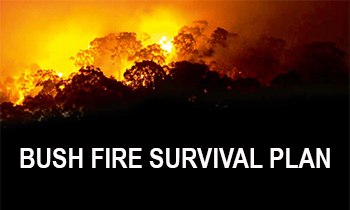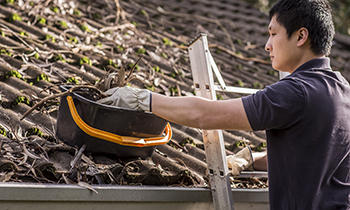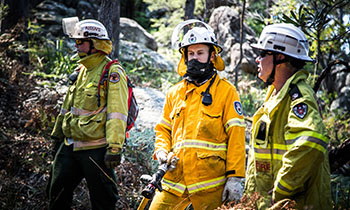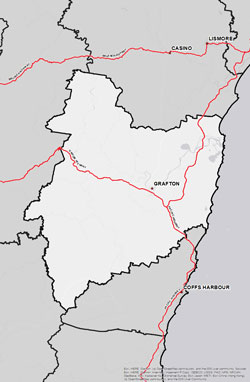Why we need a plan
Bush Fire Risk Management Plans are an effective instrument for managing risk to human activity and valued community and environmental assets. They are a key component in a multifaceted bush fire management approach for NSW.
We are planning together to manage bush fire risk in the Clarence Valley area by preparing a new five-year plan of strategies and actions.
How will your input be used
The data from the Have Your Say survey responses has been anonymously supplied to your area’s Bush Fire Management Committee. They will assess data collections rather than individual answers, so that they can establish a clearer community sentiment and gain insights from a large sample size.The personal details you submitted will be used to validate your submission and to allow notifications to be sent to you when the status of this BFRMP changes.
Our community
The Clarence Valley BFMC area spans 1,044,996 hectares (ha). The area covers the Clarence Valley Local Government Area (LGA) and features National Parks covering an area of 228,133ha (21.83% of BFMC area) and State Forests covering an area of 196,749ha (18.82% of BFMC area).
The Clarence Valley BFMC area has approximately 83.18% bushland and 14.68% grassland with the balance being the built environment or water bodies. A bush or grass fire can happen at any time of the year, but the risk is higher during the warmer months, when bush, grass or scrub is drier.
-
 According to the Australian Bureau of Statistics 2021 Census Community Profile there are 24,141 residential dwellings in the Clarence Valley BFMC area with an approximate population of 48,567.
According to the Australian Bureau of Statistics 2021 Census Community Profile there are 24,141 residential dwellings in the Clarence Valley BFMC area with an approximate population of 48,567. -
 According to the ABS data on the counts of Australian businesses, there were 2,422 businesses in the Clarence Valley BFMC. The top three included Construction; Rental, Hiring and Real Estate Services; and Agriculture, Forestry and Fishing, accounting for approximately 62% of businesses in the Clarence Valley BFMC area.
According to the ABS data on the counts of Australian businesses, there were 2,422 businesses in the Clarence Valley BFMC. The top three included Construction; Rental, Hiring and Real Estate Services; and Agriculture, Forestry and Fishing, accounting for approximately 62% of businesses in the Clarence Valley BFMC area. -
 During the current 2023/24 bush fire season there have been three major fires and a total area of 53,317 hectares burned (as at 31 Jan 2024).
During the current 2023/24 bush fire season there have been three major fires and a total area of 53,317 hectares burned (as at 31 Jan 2024). -
 There are several valuable community assets across the area along with a number of culturally significant sites and environmentally important sites.
There are several valuable community assets across the area along with a number of culturally significant sites and environmentally important sites.
Current Bush Fire Risk Management Plan for Clarence Valley
The Clarence Valley Bush Fire Risk Management Plan was published on 7 March 2019.
This plan identifies the bush fire risks in Clarence Valley and sets out the types of work scheduled to deal with the risk of bush fires.
Bush Fire Risk Management Plans (BFRMP) are updated within every five-year period, however, the treatments and works set out in the plans are subject to change on a yearly basis due to fire activity, weather, new risk factors or possible reduction in risk, such as development of subdivisions over areas previously identified for treatment/works. This plan may not have been updated with the latest treatment and works plans/information.
Clarence Valley BFMC is made up of a range of stakeholders from the area including emergency services, land management agencies, local government, local Aboriginal land services and local community groups. This ensures key community stakeholders have a say on bush fire management activities for the benefit of their communities.
The Clarence Valley BFMC is made up of the following representatives:
- NSW Rural Fire Service
- NSW Department of Planning and Environment (Crown Lands)
- Local Land Services
- Essential Energy
- NSW Farmers' Association
- Fire and Rescue NSW
- Clarence Valley Council
- Local Aboriginal Land Councils
- Nature Conservation Council of NSW
- NSW National Parks and Wildlife Service
- NSW Police Force
- Transport for NSW
- Australia Rail Track Corporation
- Clarence Cane Growers Association
- Forestry Corporation of NSW







